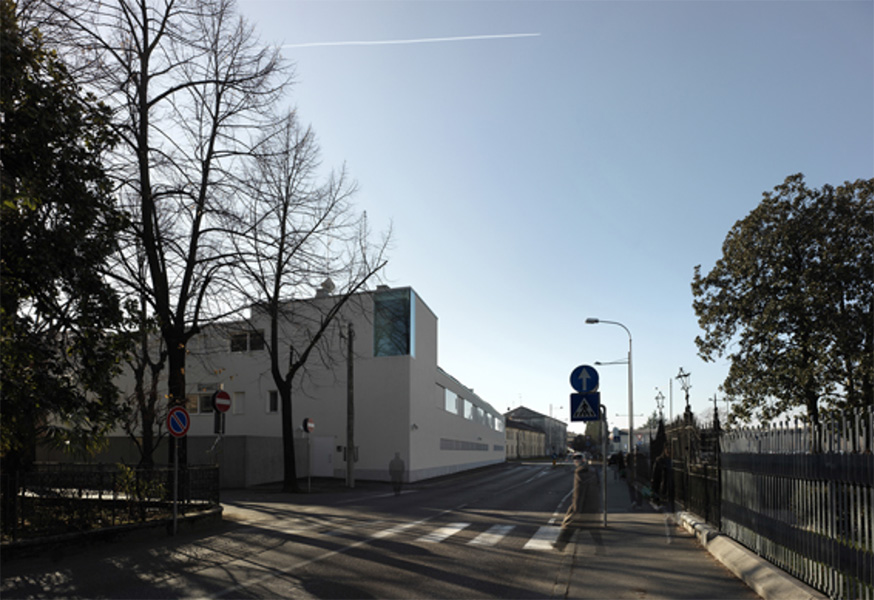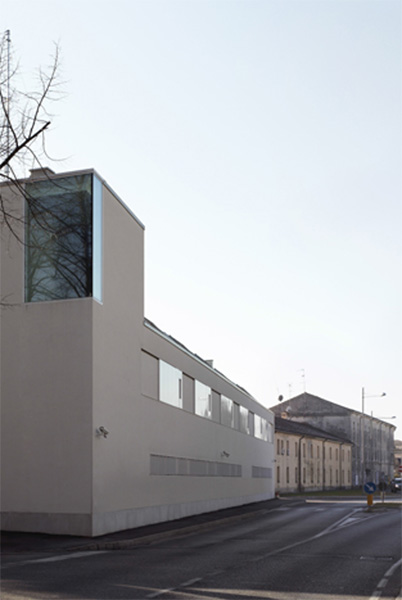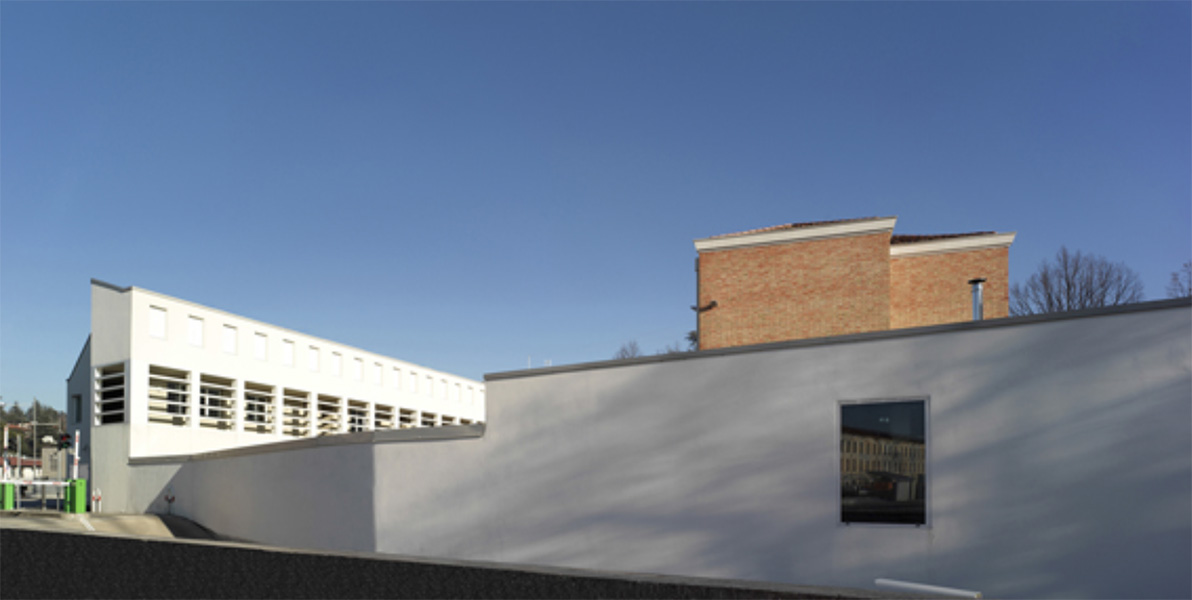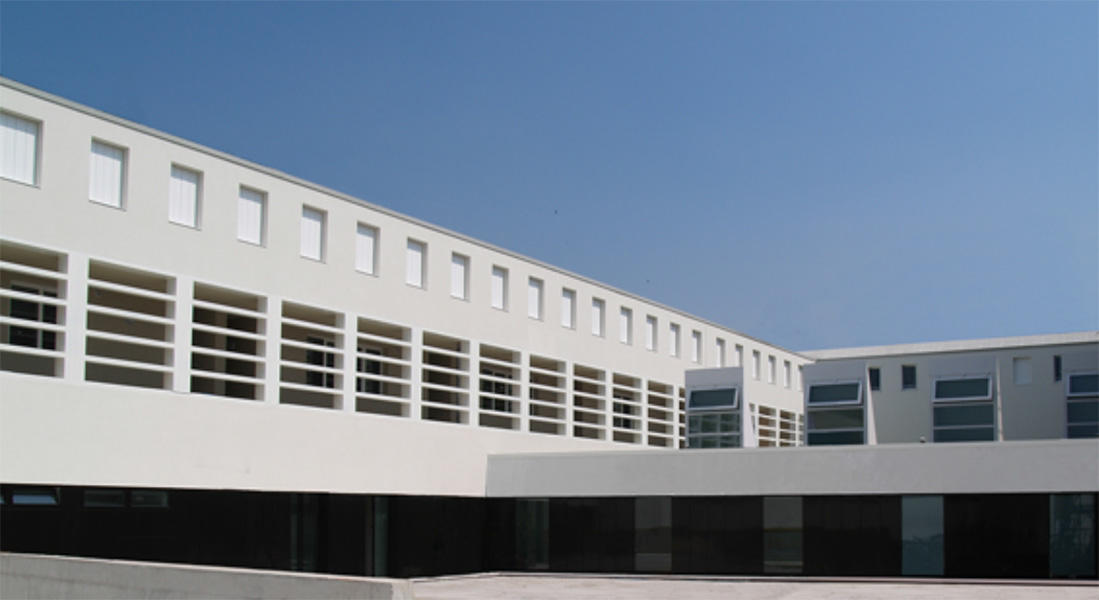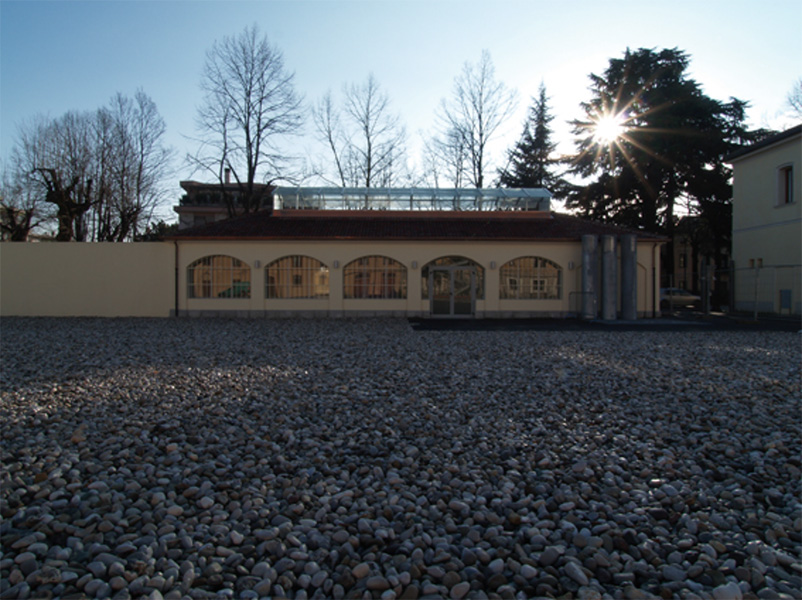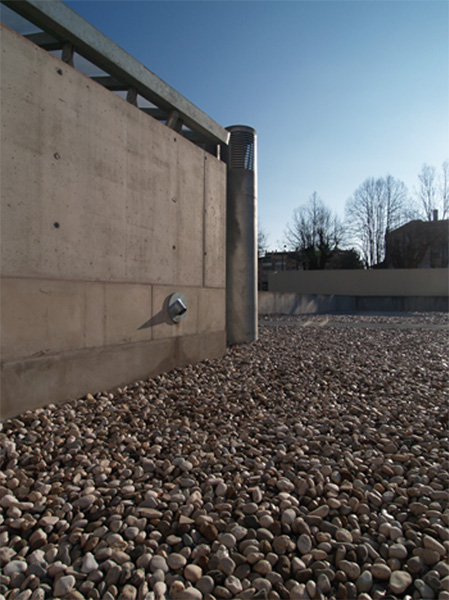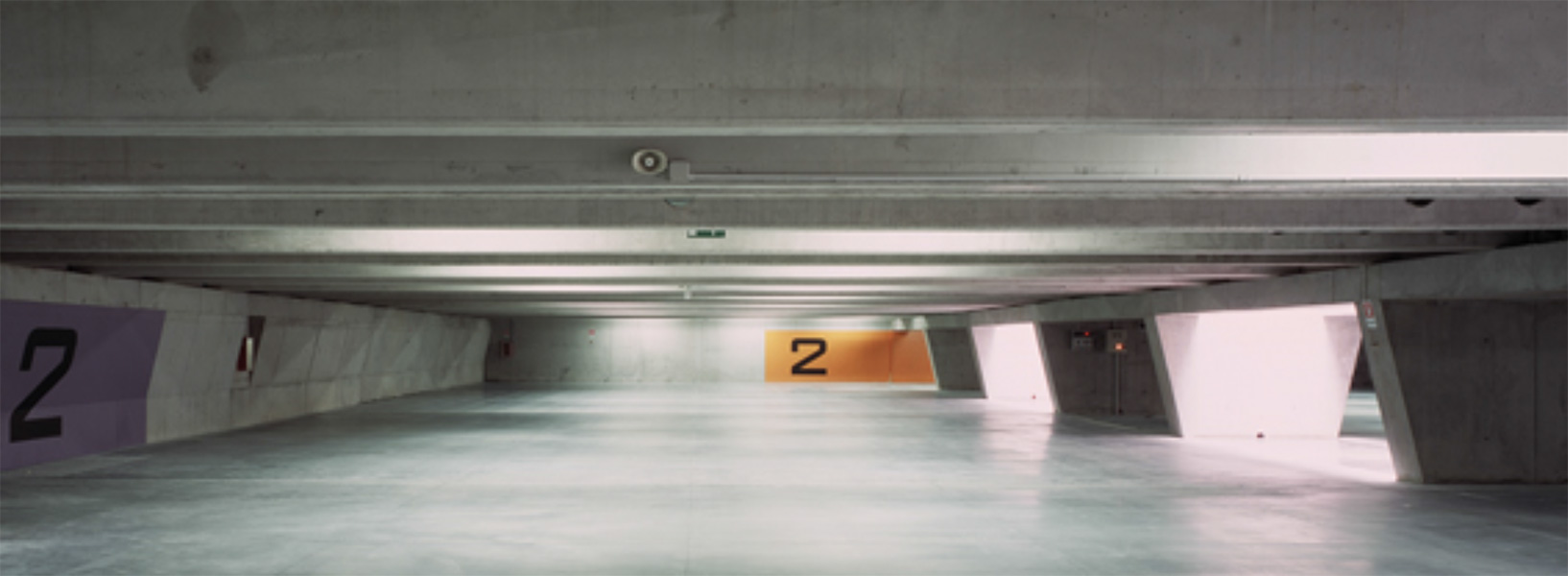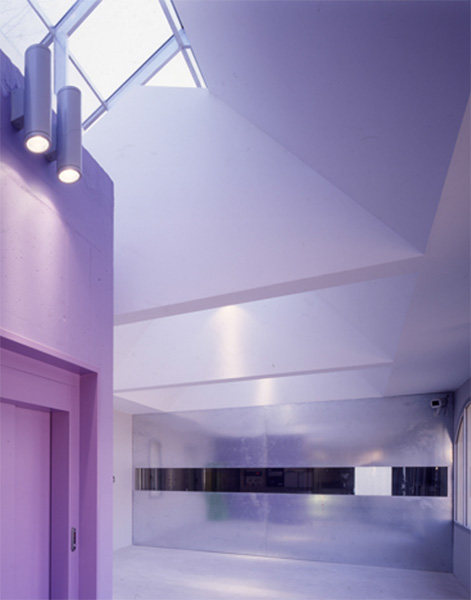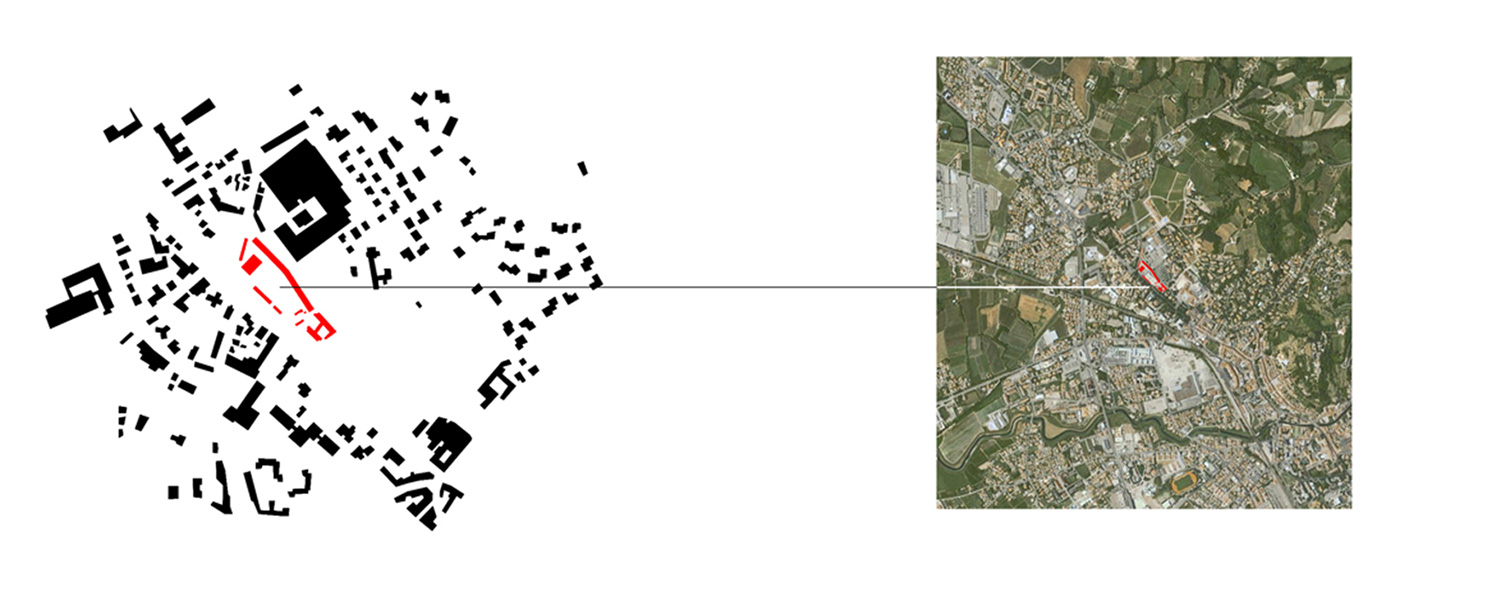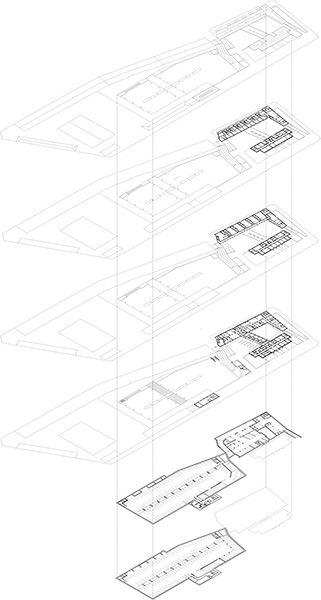NAME
Designer or design team: C+S Architects, Carlo Cappai, Maria Alessandra Segantini
The project has been submitted by: Ente banditore, Ordine Architetti Milano
Plot area: 7.000 mq
Gross Area: 6.000 mq
Of which
Residential: 70%
Public/communal areas: 30%
Facilities for the public: 30%
Business/trade: 0
Offices: 20%
Number of residential units: 30
Typology of users: families, temporary residents, other
Total building costs: 7.000.000,00 €
Building Cost = Total Building Cost / Gross Area: 1.116 €/mq
Floor area ratio = Gross Area / Plot Area: 0,8
Work started on date: Monday, 31st July 2006
Work completion date: Friday, 30th November 2012
OWNERSHIP
A.T.E.R. Treviso
Promoter: A.T.E.R. Treviso
Allotment rule: Rent
Reduction cost percentage compared to the market value:
assigment and rent: 0%
LOCATION
Country: Italy
City/town: Conegliano
Address: viale Spellanzon

